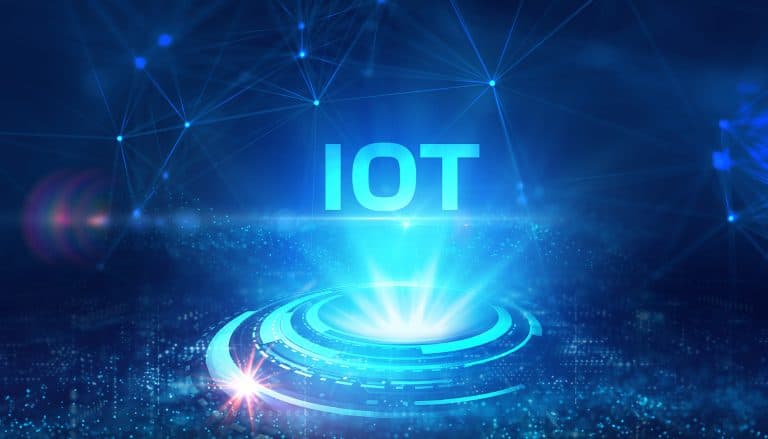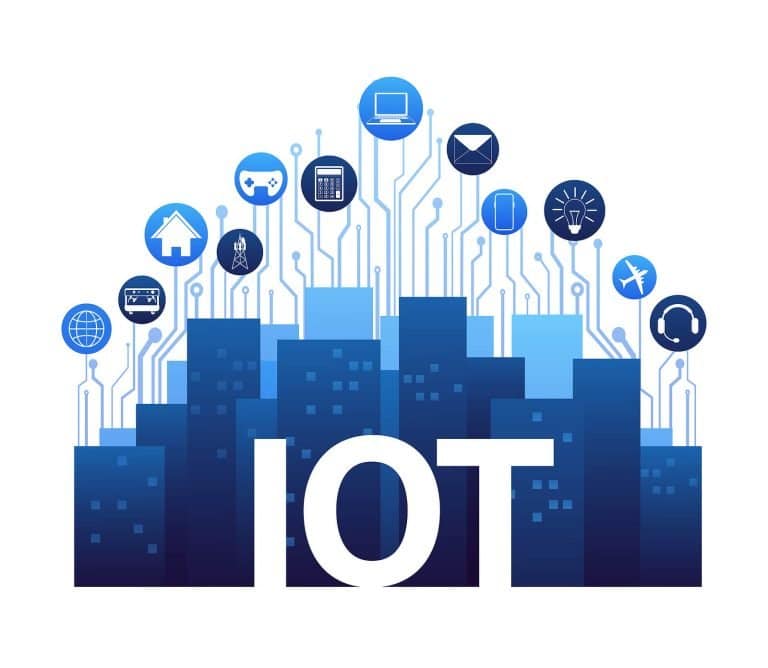An end-to-end IoT solution is an intelligent compilation of various objects like sensors, software, and other technologies that help to ease the lifestyle. To define technically, the Internet of Things IoT is a technology via which devices are equipped with sensors, actuators, and processors to communicate data/information and perform desired functionalities.
Table of Contents
ToggleIoT has helped us to simplify lifestyle in numerous ways. The way we interact with technology has changed completely. But, we must thank the experts for this transformation as our life has become way too easy.
By 2025, IoT applications would have impacted $11 trillion in total. Probably when the time comes, the actual figure will surpass this one.
IoT is not a futuristic idea, and we are already using IoT-enabled devices, whether knowingly or unknowingly.
“The most profound technologies are those that disappear. They weave themselves into the fabric of everyday life until they are indistinguishable from it.”
-Mark Weiser, 1991
Here, in the above words of Mark, he didn’t mean that technology disappears completely. Instead, he pointed towards the older days when computers were as big as the size of a room and now fit on our laps. This shows the bar of progress rising. We have learned to fit in more things in lesser spaces.
On this note, let’s check the key elements of end-to-end IoT solutions.
Key Elements of an End-To-End IoT Solutions
Smart cars, watches, kitchens, gardens, cities – so on and so forth!.
IoT is everywhere, viz. homes, factories, cities, humans, health, worksites, offices, and vehicles.
Barcelona, the most technologically developed city in Spain, does not consider IoT a fantasy. The city is already living the way in current times that we aspire to live in the future.
IoT devices function smoothly only when hardware and software components are embedded or engineered correctly.
Image Source – Twitter
There are majorly five elements when it comes to end-to-end IoT solutions.
#1 – Hardware Design & Development OR Prototyping
Once the hardware design is ready, the next step is prototyping. The most crucial parts a product engineering company uses are the sensors and actuators—these help collect information from the surroundings.
The company you choose, whether for original product development from scratch or upgrading an existing one – all of it requires hardware design and development. These are usually low-priced, modern, and scalable devices. They ingrain them with new sensors or the latest peripherals. Likewise, these hardware parts become the base for further development and component addition.
DID YOU KNOW? A simple device is when its hardware is added with MCUs and firmware. In contrast, an smart device is when MPUs and OSs are connected with the devices.
#2 – Embedded Firmware/Software
A robust software can do wonders for your IoT device!
Yes, that’s true!
Software is the technology that connects the hardware and enables communication between the connected devices. It is the most crucial component to direct the actions, increase the speed of working, and acquire real-time data.
Furthermore, IoT systems enable real-time communication, are less power-consuming and don’t require much effort in maintenance.
A good embedded systems development company can help you to develop the complete IoT product/device in a considerable duration.
#3 – Network Connectivity Platforms
We must be thankful for the wide range of connecting devices and gadgets available that have enabled the development of IoT devices. That being said, the connectivity solutions help in streamlining the management between IoT devices.
As a matter of fact, the ecosystem of internet of things solutions cannot function without the connecting link. Various portals become the connecting points for the hardware and software.
Let’s see those in the following list:
- Internet – Most common connectivity solution
- Gateway – Portal to handle the communication gateway
- Cloud – Massive network for device integration
- BLE – Bluetooth
- WiFi – LAN & WAN
- Hub – PaaS (Platform as a Service)
#4 – Cloud-based Integration
The seamless interaction between all the components enabled by the connectivity platforms is uploaded to the server cloud. This cloud support, in turn, helps in reducing the dependency on traditional devices for data storage.
DID YOU KNOW? Until now, cloud platforms have been one of the main reasons behind the upsurge in the number of inventions in the IoT sector.
Cloud server helps in real-time integration and device lifecycle automation by storing all the necessary data information. You can achieve maximum efficiency in big data management with cloud integration.
#5 – Web & Mobile Connected Apps
Do you know Spanish is the most spoken language in this world? Yet, it is not understood by devices universally.
What is understood by all devices on this planet is the universal language of ‘Data.’ As a result, the devices are coded to understand different languages like binary, python, java, etc.
Web & mobile connected applications consist of security features and also help in centralizing the data in one place for the users to access. The interface can be any smart device, e.g., mobile phones.
Final Take – Key Elements of End-to-End IoT Solutions
The base of the IoT industry and its growth lies in the components mentioned above. All these elements are interrelated as well as interdependent that therefore help IoT business solutions easier to build.
IoT is a fresh market comparatively; hence, it is considered the best ground for technical experiments. Ensure you don’t miss out on any components, their integration, and optimization. Your secure and robust IoT product is incomplete without an effective end-to-end IoT solutions provider.
IoT has evolved ever since it came into existence. In like manner, it will see more advancements henceforth.





